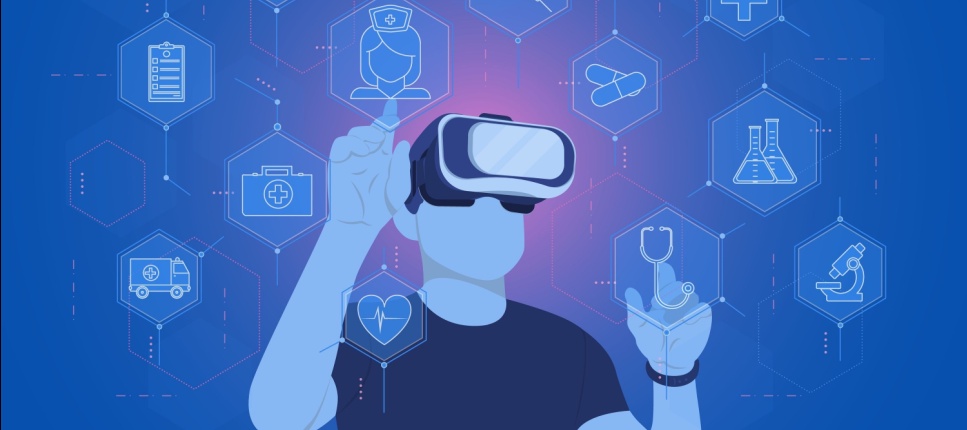Introduction
In the ever-evolving landscape of technology, Virtual Reality (VR) has emerged as a transformative force that promises to reshape industries and experiences. However, as we delve into the thrilling world of VR, it's crucial to keep inclusivity at the forefront of our minds. At Technothinksup Solutions, we believe in the power of VR to be a tool for all, regardless of physical or cognitive abilities. In this blog, we explore the importance of inclusive design in VR and how it can benefit everyone.
The Promise and Potential of VR
Virtual Reality has opened up new frontiers in entertainment, education, healthcare, and more. From immersive gaming experiences to virtual therapy sessions, VR has the potential to touch every aspect of our lives. However, its impact can be fully realized only when it is accessible to everyone.
The Challenge of Accessibility
While VR offers tremendous opportunities, it also poses unique challenges when it comes to accessibility. VR experiences often rely heavily on visual and auditory cues, making them less accessible to individuals with vision or hearing impairments. Additionally, physical disabilities can create barriers when it comes to navigating virtual spaces and interacting with VR environments.
Inclusive Design: The Key to Accessible VR
Inclusive design in VR means creating experiences that can be enjoyed by as many people as possible, regardless of their abilities. Here's how it can be achieved:
1. Adaptive Interfaces: Designing VR interfaces that can adapt to different input methods, such as hand gestures, voice commands, or assistive devices, ensures that individuals with varying physical abilities can interact with VR content.
2. Audio and Visual Alternatives: Providing alternatives to audio cues, like text captions or visual indicators, ensures that individuals with hearing impairments or language barriers can access and understand VR content.
3. Customizable Settings: Allowing users to customize settings like font size, color schemes, and input preferences enhances the user experience for individuals with different needs and preferences.
4. Physical Accessibility: Designing virtual environments that are easy to navigate for individuals with physical disabilities, using features like ramps or teleportation, can make VR spaces more welcoming.
5. Usability Testing: Involving individuals with disabilities in the development process and conducting usability testing with diverse user groups can help identify and address accessibility issues.
The Benefits of Inclusive VR
Designing VR experiences with inclusivity in mind not only benefits individuals with disabilities but also enhances the overall user experience for everyone. It encourages creative solutions, fosters innovation, and expands the potential user base for VR applications.
Case Study: Virtual Museums
Consider a virtual museum experience designed with inclusivity in mind. Visitors can explore art and history through a combination of visual displays, audio descriptions, tactile feedback for sculptures, and customizable navigation options. This inclusive approach ensures that individuals with different abilities can appreciate and enjoy the museum's offerings, providing a rich and meaningful experience for all.
The Future of Inclusive VR
As technology continues to advance, so does our ability to make VR more accessible. Innovations in haptic feedback, voice recognition, and AI-driven accessibility tools will play a pivotal role in creating even more inclusive VR experiences in the future.
At Technothinksup Solutions, we are committed to pioneering the development of accessible VR solutions. We believe that by embracing inclusive design principles, we can unlock the full potential of VR technology and make immersive experiences available to everyone.
In conclusion, VR has the power to transform industries and bring joy, learning, and healing to people around the world. To ensure that this transformative technology benefits everyone, we must prioritize inclusive design. By doing so, we can create a more accessible and equitable virtual world where all audiences can thrive and enjoy the magic of VR. Join us in building a future where VR truly knows no bounds.


No comments yet